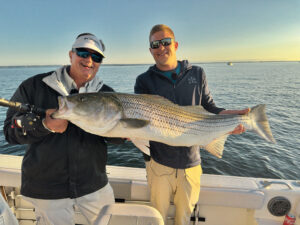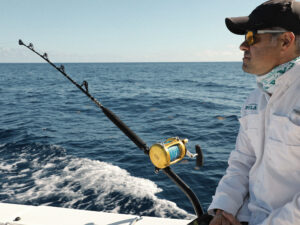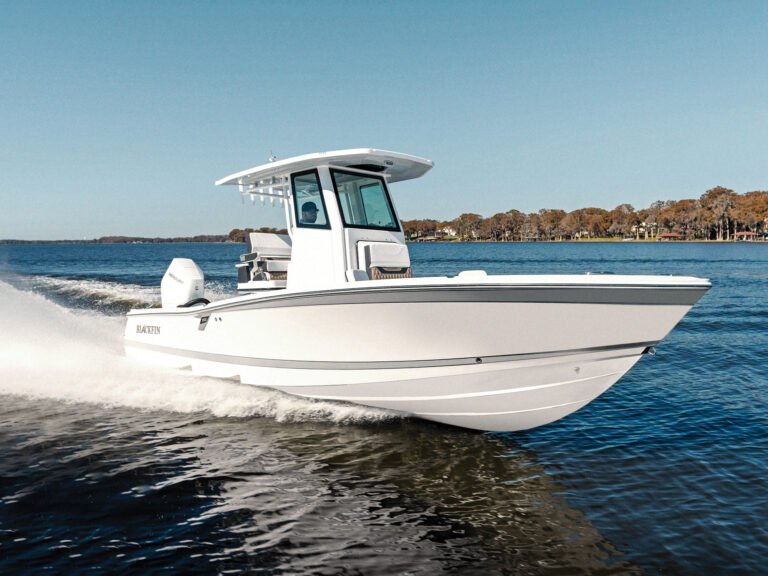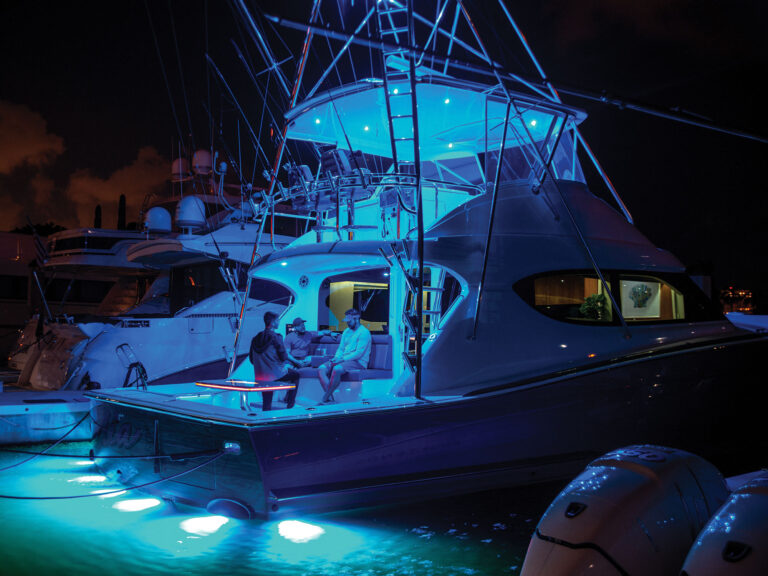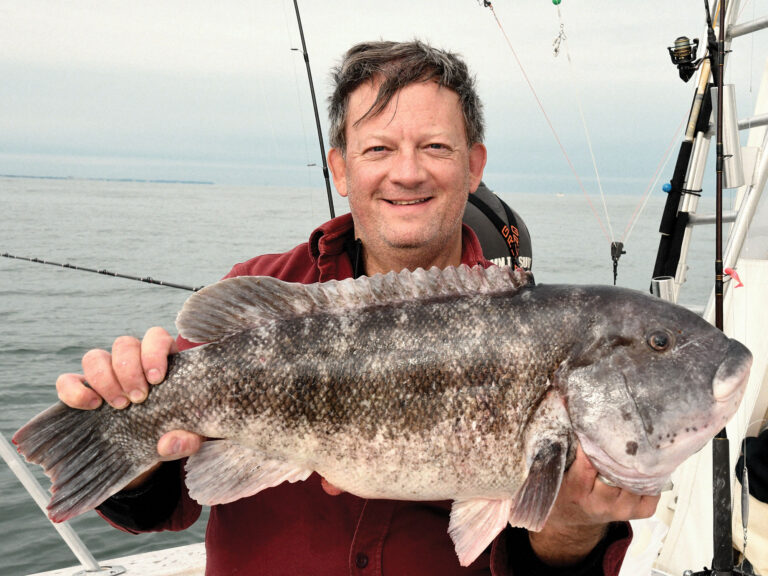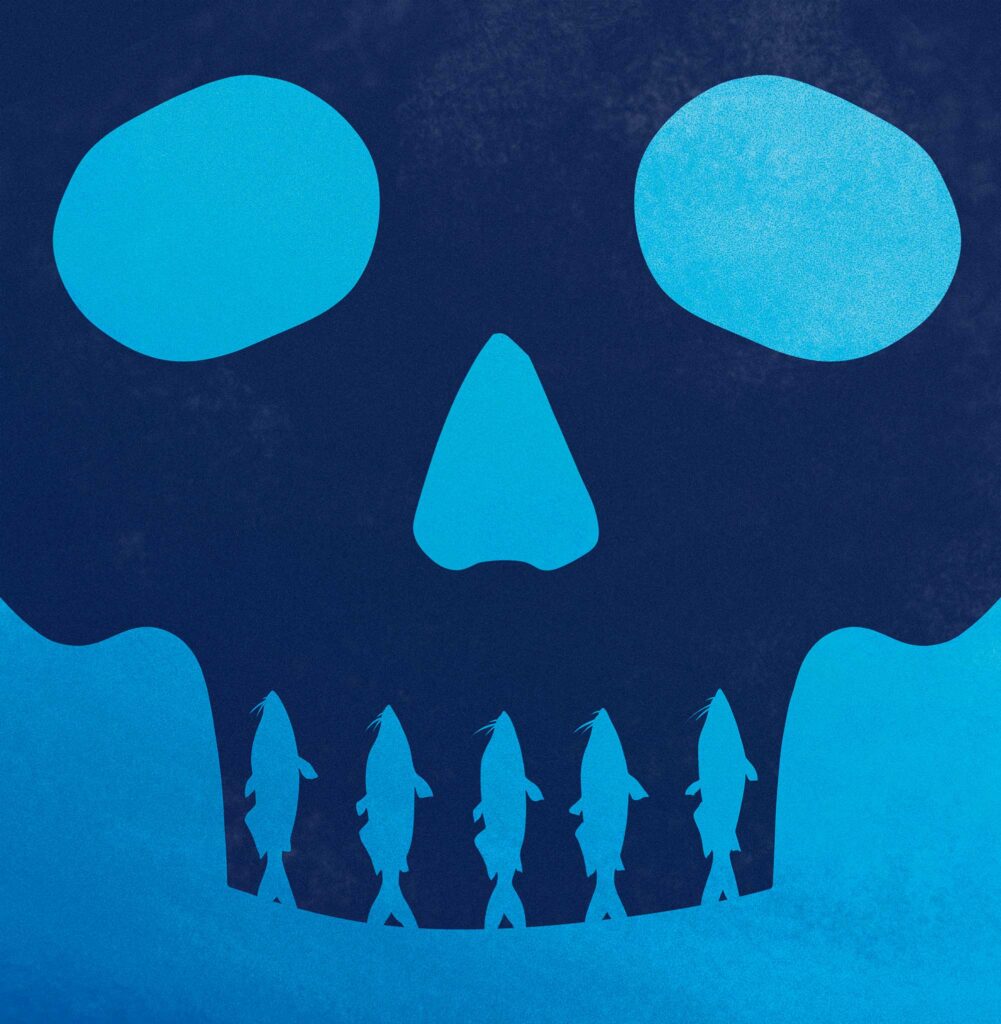
It isn’t often the government tells anglers to catch and keep as many fish as possible, but that’s the case right now with invasive blue catfish in the Chesapeake Bay. With a population explosion, blue cats have reached every tributary to the Chesapeake, from the Susquehanna River to the James River, and the only way to battle the negative impact on local fish is to remove blue catfish.
Maryland is actively promoting no-limits recreational fishing for blue cats, while Virginia is managing the system with no limits, except that anglers may keep just one fish longer than 32 inches. The reason for Virginia’s length limit is to promote increased angler participation because of available trophy-size fish, and thus increase overall pressure on the species.
“Eat them, give them to neighbors, feed the cat or use them as fertilizer—just get rid of blue catfish,” is the message from Dr. Noah Bressman, a member of Maryland’s Invasive Catfish Advisory Committee and a professor at Salisbury University.
Encouraging recreational anglers to harvest as many blue cats as possible has become key to the effort. Branson Williams, invasive fisheries program manager at the Maryland Department of Natural Resources, lists some of the initiatives: “We support invasive fish derbies and the CCA’s Great Chesapeake Invasives Count, and we’ve conducted focus groups to improve our messaging.” The challenge is convincing striped bass-crazed Maryland anglers to turn their attention to blue cats.
“Catfish aren’t the sexiest fish,” admits Capt. Marcus Wilson, of Hot Licks Charters, “but they are fun to catch and taste great.” Striped bass regulations only allow recreational anglers to keep one striper per day, so Wilson has become a cheerleader for filling clients’ coolers with blue catfish.
The problem started in 1974 when the Virginia Department of Wildlife Resources introduced blue catfish to the James and Rappahannock rivers in response to dwindling striped bass numbers. The state intended to provide anglers an alternative trophy fish but unintentionally unleashed a scourge.
Williams tells the story: “People thought blue catfish could not tolerate salt water.” They were wrong. “The fish first showed up in the Potomac in 1987.” Fifty years after their introduction, blue cats inhabit every tributary to the bay. In some waters, blue catfish make up 70 percent of the biomass.
While blue catfish are popular trophy fish, with giants up to 100 pounds, these voracious feeders are blamed for decimating everything from baitfish to blue crabs and striped bass. Williams says they have recovered more than 80 different prey species from blue catfish. Professor Bressman has found everything from clams in the shell to whole ducks in catfish bellies. Of course, they find a lot of striped bass, blue crabs and white perch, as well as environmentally sensitive species, including freshwater mussels, American shad and white catfish.
The best defense against blue catfish is developing an appetite for them. Williams says, “We’re lucky this invasive species has white flaky meat.” In addition to encouraging recreational and commercial harvest, the efforts extend to new fish-processing plants and even adding blue catfish to school menus.
There is also growing popularity for blue cats in the beleaguered charter industry. After the decline of striped bass and disappearance of gray trout and flounder, blue catfish are a boon in a time of bust. Wilson crows, “There’s no size or catch limit on blue catfish, and there are a lot of them.” He targets the fish from April to May when striped bass return to the main stem of the bay.
Read Next: Where Have the Stripers Gone?
Angler response has been positive. Wilson adds, “Not only are the fish delicious, but they are fun to catch. They are aggressive and put up a good fight.”
Bressman points out the blue catfish’s appetite is its Achilles’ heel. “You can catch them from shore with a hook and a piece of hot dog,” he says. The only problem is convincing anglers to stop chasing striped bass and start catching blue catfish. “With a change of culture, we can hit blue catfish hard,” he says.
Although Williams’ invasive specialist position is less than a year old and Bressman’s advisory committee had its first meeting in October 2024, the momentum is growing. Williams says, “We’re seeing an increase in charter fishing trips for blue catfish and more blue catfish tournaments on the calendar.” After one season targeting blue cats, Wilson has customers requesting catfish trips. Williams is hopeful when he hears stories of commercial anglers on the Potomac River having to work harder to catch the troublesome fish.
But there may never be an opportunity to declare victory. Bressman says, “We are not going to get rid of blue catfish.” Williams agrees, “At this point, eradication isn’t possible.” However, controlling the population will reduce harm to the Chesapeake Bay’s native ecosystem. Bressman says, “We’d like to have a manageable population with enough catfish for everyone.” That is the silver lining to this ecological horror film.

